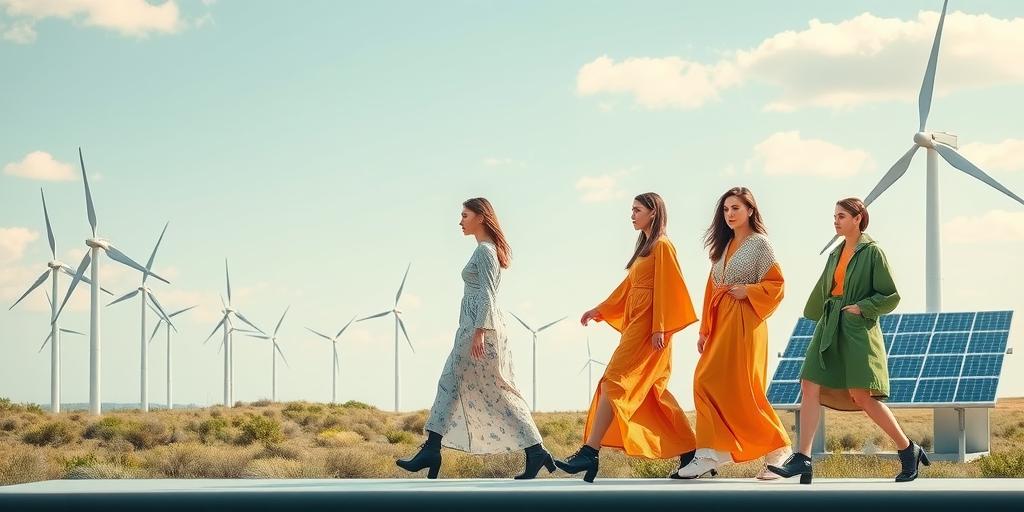In 2025, sustainable fashion is no longer a niche trend but a central force reshaping the industry. This shift is driven by increased consumer awareness, technological advancements, and stricter environmental regulations.
Consumer Awareness and Demand: Consumers are more informed and concerned about the environmental and social impact of their clothing choices. They are actively seeking brands that prioritize sustainability, transparency, and ethical production practices. This demand is pushing brands to adopt more sustainable approaches across their supply chains.
Technological Advancements: Innovations in textile recycling, alternative materials, and production processes are making sustainable fashion more accessible and scalable. Companies are investing in technologies that reduce waste, conserve resources, and minimize pollution. Examples include: Fiber innovations like recycled polyester and bio-based fabrics (e.g., Tencel, Lyocell). Waterless dyeing techniques and closed-loop production systems. AI-driven platforms optimizing supply chain efficiency and reducing overproduction.
Environmental Regulations and Policies: Governments worldwide are implementing stricter environmental regulations and policies aimed at reducing the fashion industry’s environmental footprint. These include: Extended Producer Responsibility (EPR) schemes, holding brands accountable for the end-of-life management of their products. Bans on single-use plastics and harmful chemicals commonly used in textile production. Incentives and subsidies for companies investing in sustainable technologies and practices.
Industry-wide Collaboration: Collaboration among brands, suppliers, and industry stakeholders is crucial for driving systemic change. Initiatives like the Sustainable Apparel Coalition and the Global Fashion Agenda are fostering collaboration and promoting best practices across the industry.
The Rise of Circular Fashion: Circular fashion models, such as clothing rental, resale, and repair, are gaining popularity as consumers seek alternatives to traditional linear consumption patterns. Brands are embracing circularity by offering rental services, launching resale platforms, and investing in garment repair and upcycling programs.
Challenges and Opportunities: While significant progress has been made, challenges remain in scaling sustainable solutions and addressing complex supply chain issues. However, these challenges also present opportunities for innovation, collaboration, and positive change.
Sustainable fashion is poised to dominate the industry in 2025, driven by consumer demand, technological advancements, and regulatory pressures. Brands that prioritize sustainability will be best positioned to thrive in this evolving landscape, while those that fail to adapt risk falling behind.
